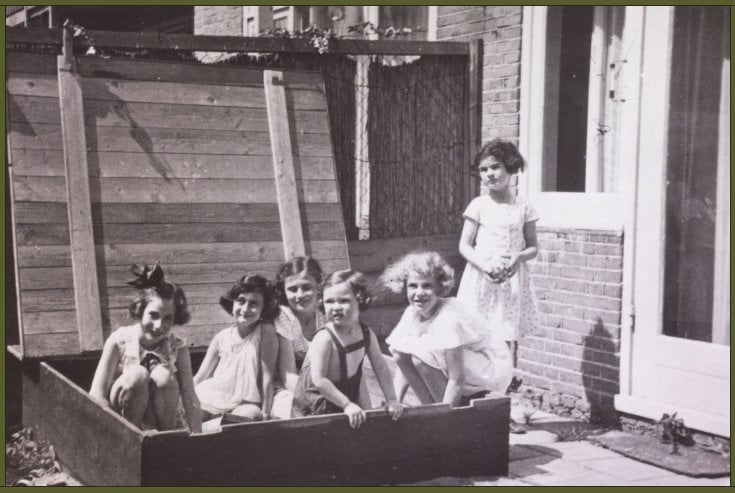
Hannah Goslar, Anne Frank, Dolly Citroen, Hannah Toby, Barbara Ledermann and Susanne Ledermann standing, Amsterdam, 1937
The disappearance of millions of people, that’s statistics.
The death of one man, that’s tragedy
On August 3rd, 1944, during a routine flight, a reconnaissance plane of the Royal Air Force flies over Amsterdam, still occupied by the Third Reich. Among the buildings photographed is an office situated at #263 Prinsengracht. The next day, at that address, Anne Frank and seven other clandestine were arrested.
Like 6 million other Jews, Anne Frank will be one of the victims of the atrocity of the Third Reich.
The world will never know the value of the loss of all these children murdered by the Nazis. There was no future for them and if we try to imagine today what we have lost, we can only cry with those who suffered those atrocities.
In 1933, Anne Frank and her family decided to leave Frankfurt to go to Amsterdam after the election of Adolf Hitler. Her father Otto preferred to live in exile rather than live under the Nazi regime of Adolf Hitler. He had served as a German Officer in the First World War but couldn’t accept the fate coming in Germany. From what is known of that period, Anne, at the time 4 years old, didn’t have any problem to move and live in Amsterdam.
Otto Frank had done the right thing. As soon as Hitler took power, he fled with his family to the Netherlands. He created a new company there and made new friends. What Otto didn’t or couldn’t anticipate was that Hitler would later on invade the Netherlands.
-May-12-2021-08-26-10-83-PM.jpg?width=735&name=Hanneli%20and%20Dolly%2c%20childhood%20friends%20of%20Anne%20Frank%2c%20with%20their%20children%20in%20Jerusalem%2c%201959%20(1)-May-12-2021-08-26-10-83-PM.jpg)
Hannah and Dolly, childhood friends of Anne Frank, with their children in Jerusalem, 1959
Hannah: “Anne was full of energy and loved life, very clever and intelligent, I was really happy that she was my friend. We were in the same school, and often went on holiday together. I was one year older than her but that didn’t make any difference. We went to the beach taking the train with my family. We did everything together, that’s probably why we became friends naturally. “
The Netherlands, which at that epoch had approximately 140,000 Jews, capitulated after one week of combats.
The Jews who were living in the Netherlands were perfectly integrated while living somewhat isolated from the rest of the population.
It’s a fact, Holland despised the Nazis even though there was a small party group here to which, the vast majority of the Dutch, didn’t join. At the same time the Dutch Government didn’t take part in the defense of the Jews by helping them to hide. History books tend to say otherwise but it has to be nuanced in the context of the time period.
Nanette Blitz, at the age of 12, was forced to go to a school reserved for the Jews and soon became friend with Anne.
Nanette: “I met Anne in October 1941 at the Jewish College, she was a very effusive girl, she loved talking, to be noticed and listened to! Actually, the whole class got along well together. We all knew what was going on, we certainly were very mature for our age, that’s probably why we all got along together. “
The deportation policy was exactly the same for all the occupied countries of the Third Reich. The Nazis, with the help of the public administrations, proceeded in identifying all the Jews, controlling their identities, arresting them, before having them deported and finally exterminated.
In March 1941 Nanette receives her Jewish identity card stating she had four Jewish grandparents: “It meant my death sentence. People started to wonder and tried to hide as not everyone had the means to be able to do so. “
After the invasion of the Netherlands, the Nazis started to collaborate closely with the Dutch Bureaucracy, like the Vichy Regime of France. It’s the sad reality! All the countries which were invaded by the Third Reich, without any exception, collaborated with the Nazis. Edward Voûte, the Mayor of Amsterdam, for example, welcomed in 1942 Heinrich Himmler, Reichsführer of the Schutzstaffel (SS) with the Nazi salute!
Hannah: “When the Germans invaded the Netherlands, I could see the flashes in the sky and hear the noise of the bombs exploding. I went to bed with my parents and the next day we heard on the radio what had happened. “
In total they were probably less than a thousand soldiers deployed in Amsterdam who had under their command close to 100,000 Dutch of the Public Service; everyone obeyed without exception!
When you think about it, the Dutch did what they were told, they paid their income tax, did what the public administrations told them to do, in truth the Dutch didn’t realize what was coming.
About 25,000 Jews had found refuge in the Netherlands, most of them thanks to the Dutch Resistance but 1/3 were turned in to the Dutch Police. Anne Frank and her family were among those betrayed.
Hannah: “We had to leave our school with Anne, and we had to go to a school reserved exclusively for the Jews. We couldn’t no longer take the public transportation and were not authorized to use the sports gym, go to the cinema or even go to the public parks! More so we were not allowed to visit the Christian families who in turn were not to help us whatsoever. “
In July 1942, when the Frank family decided to go into hiding, more than 20,000 concentration camps have or were being built throughout Europe. These camps had various functions. Some were penitentiary colonies, some were prisons, others were forced labor camps, but there was also another type of camp: the concentration camp which sole function was to give death. The death camps.
Everyone knows today that Anne Frank, her family and friends went into hiding but in reality, they were hiding so as not to go to Sobibor in Poland. Even in their worst scenario, they would have never been able to realize the sordid reality hidden behind the camp of Sobibor!
In March 1943, 34,000 Jews were murdered at the Sobibor camp. What you need to remember is that the chance of surviving the Nazi mass-murder of Jews in a death camp was nil. There was no survivability. The fact that there was a small number who survived the death camp of Sobibor was pure luck.
It’s hard to believe that when you were sent to Auschwitz instead of Sobibor, you were considered a lucky man! Why? Because at Auschwitz thousands succeeded in surviving the horror simply because they had a small chance to survive. However, at Sobibor, it was simply impossible.
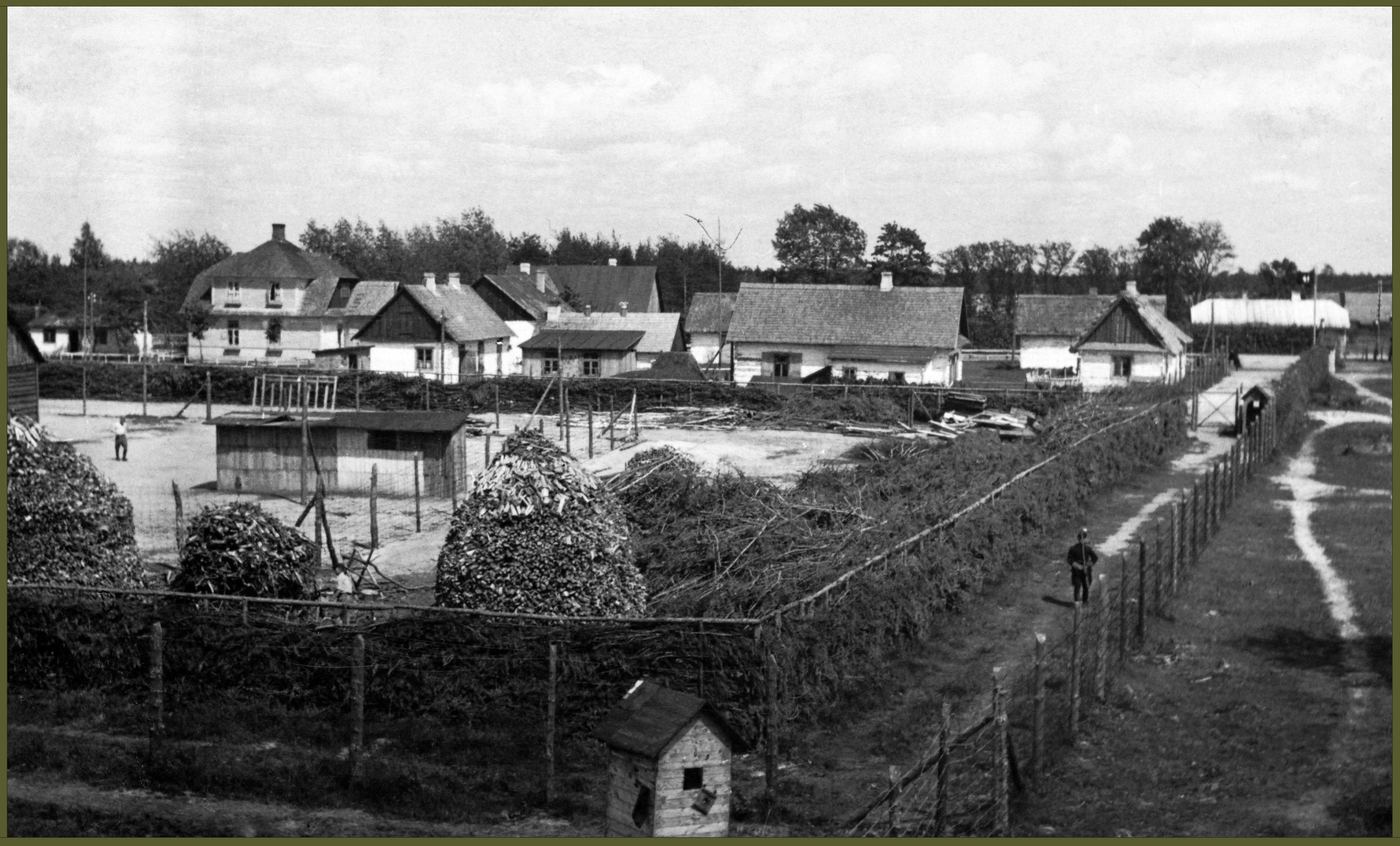
Sobibor death camp summer of 1943
Sobibor opened in May 1942 and was closed in October 1943. During what seemed such a short period, 250,000 Jews were murdered there. The death ratio at Sobibor was 99%! How so? Once the Jews got off the train, they were sent less than two hours later to the gas chambers (they were altogether nine rooms to murder in mass). So, if the Frank family had been deported to Sobibor, their chance of survival was close to nil.
In November 1943, the Nazis erased all proof of existence of the Sobibor camp. Even the Germans couldn’t tolerate any more its existence!
Just imagine! A death camp so horrible that the Nazis themselves wanted to reduce it to ashes during the war they actually thought they could win!
This is why today it is so important to reveal to the visitors the discovery of the vestige of the Sobibor camp because it deprives the Nazis of their victory over history.
Human beings are attached to their past, their history and the Holocaust was a period so horrible that we all have a moral duty to address it, to understand it and to live with it so that future generations never ever repeat those atrocities ever again.
Normandy American Heroes strongly believe that when we travel with our guests, we must confront together what really happened in those death camps and pay our homage to the victims of evilness.
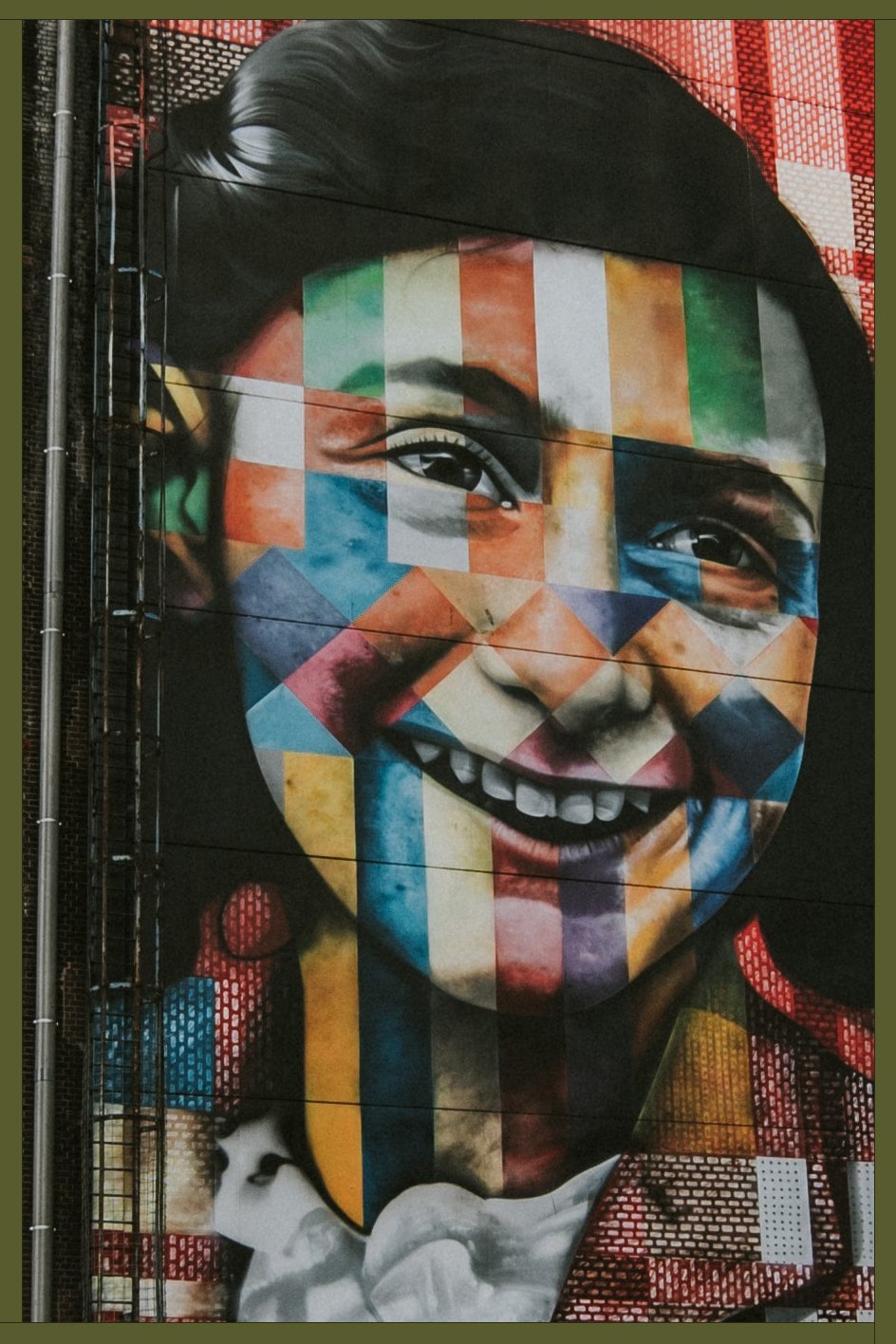
On the 6th of July 1942, the Frank family found refuge in the adjacent rooms situated just above the office of Otto Frank. Others went into hiding with them in the same place.
The people hiding there were:
- Otto Frank (born 12.5.1889)
- number 307 on the transport document to Auschwitz, September 3rd, 1944
- sole survivor
- Edith Frank-Holläender (his wife born 10.1.1900)
- number 308 on the transport document to Auschwitz, September 3rd, 1944
- died at Auschwitz-Birkenau
- Margot Frank (daughter born 16.2.1926)
- number 306 on the transport document to Auschwitz, September 3rd, 1944
- died in Bergen-Belsen
- Anneliese Frank (daughter born 12.6.1929)
- number 309 on the transport document to Auschwitz, September 3rd, 1944
- died in Bergen-Belsen
- Hermann van Pels
- executed in the gas chamber at Auschwitz-Birkenau
- Auguste van Pels (wife)
- died at Auschwitz-Birkenau or in the train?
- Peter van Pels (son)
- died at Mauthausen at the age of 18
- Friedrich “Fritz” Pfeffer (dentist)
- died at Neuengamme
The size of the annex where they were hiding was about 100 m2. Including the attic there were four rooms, one of them used also as the kitchen. It was for eight people living together in a confined space.
The Frank family and their friends will manage to hide in the annex for two long years, until August 1944.
Just two months after D-Day landing in Normandy the Dutch authorities learned of the existence of the people hiding in the annex above Otto Frank offices. The Nazi bureaucracy still present in Amsterdam didn’t waste a minute! You have to keep in mind that at the end of the summer 1944 the Nazi authorities were still continuing their search of the Jews hideouts. They found some and continued to look for the others.
People who were in hiding had no idea what was going on in the streets of Amsterdam even if danger was constantly, like the sword of Damocles, on their shoulders. At that precise moment in time, the Frank family and friends with them did not suspect any real danger in their hiding place.
You need to remember that the collaborators, the Dutch bureaucracy would receive a bonus when they were able to denounce the whereabouts of a Jew to the Nazis. That bonus, back in 1944 was 7.5 Dutch guilders, today worth 4 US Dollars! Later on, in time, it was increased to 50 Dutch guilders, about 28 US Dollars. There is no value for the life of a human being, yet people back then were ready to sentence someone to death for that amount, how tragic!
On Friday the 4th of August 1944 at 10h30 am Dutch policemen and SS officers stormed the building of Otto Frank’s office. Even today, we still don’t know if they knew that 8 people were hiding there but when they interrogated the director of the company, they knew exactly what was going on there. They threatened him with a gun and forced him to reveal the secret passage to the hideout… and that’s exactly what he did.
The Nazi recruited the majority of the people helping them to arrest Jews in the Dutch police. In the case of the arrest of the Frank family and friends, it was the Dutch police ordered to make the arrest under the supervision of a Nazi officer. His name? Karl Josef Silberbauer, an Austrian police officer born in 1911, who had become a member of the Gestapo in 1939 after the Anschluss. His job then was to arrest all the Jews he was able to catch. He was promoted later to the rank of Hauptscharfürher (master sergeant) while in Amsterdam in 1944. His job was to go to one place, then to another and arrest as many Jews as possible.
He proceeded to the arrest of the Frank family and friends at the annex which took less than a day to accomplish. A banal arrest of Jews you may say with only one Nazi officer that day, Hauptscharfürher Karl Silberbauer! The Dutch policemen more than surely, after their work of the day, went back home without any second thoughts…?
That day, when Hauptscharfürher Silberbauer and the Dutch police entered the annex they deployed out to cover all the possible escape routes inside the annex. When they raided the place, they found the Frank family on the superior floor, and the others on the ground floor.
Because Otto Frank had served as an Officer during WWI, they gave him and his family a special treatment by giving them a bit more time to assemble their belongings. How kind you could say!
While the Franks were doing so, Hauptscharfürher Silberbauer was searching for any values worth stealing thru the bags of the Frank family. He took one of the suitcases and emptied the contents on the floor. The journal of Otto’s daughter Anne was in that suitcase but either he didn’t see it, or he just ignored it!
Once the Frank family were arrested, the protector of the family came in, picked up whatever she could find on the floor and oh miracle took the journal of Anne as well with her. Hermine “Miep” Gies-Santrouschitz who was one the Dutch citizen who had helped the Frank family to hide, kept the journal throughout the war in her office.
Just imagine for one instant that Hermine had left the journal of Anne where it was, what a great loss for literature! It’s a mythic journal written by a mythical figure who represents at the same time hope and the loss of illusions.
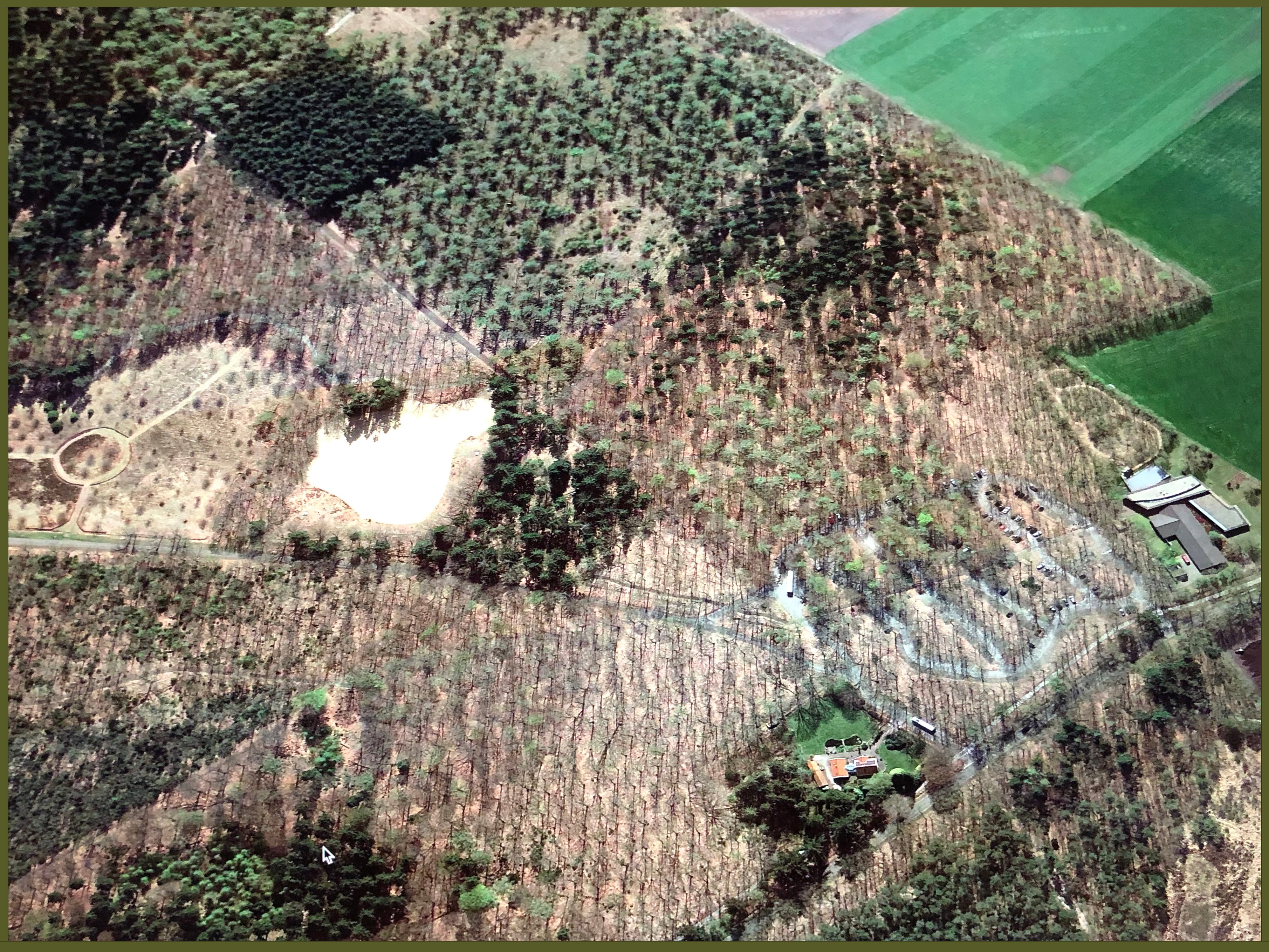
Westerbork transit camp vestige
The eight arrested on August 4th, 1942 were then taken to the local police station. Four days later they were sent to the transit camp of Westerbork, in the north-east of the Netherlands before being deported somewhere else. Approximately 100,000 Jews were then deported from Westerbork to the death camps of Sobibor and Auschwitz. About 95,000 of them were murdered upon arrival to the death camps!
Nanette: “We took a tram that took us to a train station; this was like a special treat for us as we had never traveled as such even though we didn’t know where the trains were going to. The train took us to Westerbork transit camp.”
Hannah: “When we arrived at Westerbork, my father was taken to a barrack. My sister and I were sent to an orphanage, she only stayed there for two weeks of the eight months we spent at Westerbork transit camp. My little sister was for the most part of the time there at the hospital, she was really sick.”
Initially the Westerbork transit camp was used to regroup the Germans Jews who had fled Germany and entered illegally the Netherlands. In July 1942, the German Security Police took control of the camp to reorganize it as a transit camp to facilitate the deportation to the East.
Nanette: “There was something in the camp that was really atrocious, horrible. Evidently the people were feeling really down when they realized they would not stay there very long. Everyone was going crazy, broke down in despair.”
In 1942, the Camp Commander Albert Konrad Gemmeker ordered Werner Rudolf Breslauer, a German prisoner of Jewish descent, to take pictures and films of the life in Westerbork. He would later be sent to Auschwitz during the Fall of 1944 and die there with his family. His daughter was the only one of five who survived.
It probably sends you shivers down your spine to know that some Nazis actually took sadistic pleasure of what they were doing to the Jews. They tried to brag about it, reason why a few photo albums survived the war and are now a testimony of the atrocities committed by the Nazis. It gives us a better idea of how the Jews were treated, as sadly yes, they were treated like objects.
They are two different styles of photographs of the transit camp of Westerbork. First you have the photos taken outside the camp, which gives you the impression of a nicely laid out camp, well maintained, clean…. the barracks makes you think of traditional lodgings. When you look at these pictures it’s difficult to imagine the horrors that were going on inside the camp.
Then you can see pictures taken by Werner Breslauer of people trying to live a normal life, celebrating the Sabbath etc. in extreme conditions. Still, it didn’t look so horrible, this was all part of a huge deception strategy where the appearances were far from reality!
The reality was that the transit camp of Westerbork was a one-way ticket to certain death.
Nanette: “Once a week, each Monday, the SS would present the list of the names selected to leave the camp. The people were desperate, they knew they were not leaving to do some forced labour. The Nazis, even when they knew the outcome would be to lose the war, continued nevertheless to exterminate the Jews because they had planned right down to the last detail the Final Solution and wanted at all cost to succeed, no matter what.
Anne Frank and the seven clandestine stayed less than three weeks at Westerbork before being transferred to the East. While they waited for their transfer, they were sent to forced labour. In reality no one can really say what their day to day life at the camp was.
Do keep in mind though that when you read or reread again the journal of Anne Frank, she often wrote that she looked outside at the world, that the weather was nice, it was august. More so, it’s probable that finding herself in an open camp after having lived for so long in a closed environment must have been for her a relief. Of course, life at the camp must have been more complicated, nevertheless she must have felt relieved to be able to move around “freely”.
In 1944, it was no longer a surprise for anyone to see Allied planes been shot down, the wreckage was brought back to the camp where the prisoners were ordered to salvage whatever could be recycled. What is known from other witness statements is that Anne Frank and her group were working to cut up batteries. They had to extract the lead, carbon and whatever other usable part of the batteries.
By the Fall of 1944, war was pretty much over, the Nazis had no means to avoid defeat with two fronts falling on top of them, the Russians from the East and the Allies from the West. WWII was nearing its end, nevertheless the Nazis continued to refuse reality, to admit the upcoming unavoidable defeat!
During that time Werner Breslauer did more than just filming the activities in the camp! He was also ordered to photograph the main operations of the camp.
Today if you look at some of the documentaries produced by Werner Breslauer on behalf of the Camp Commander Gemmeker, arrogant and proud of the work accomplished, you will often see a scene of people leaving the train station of the camp. You see Jews with their luggage’s, not one of them knows he will be killed once arriving at destination.
Because Anne Frank and the other seven clandestine stayed in hiding in the annex, they were considered criminals and as such were on the priority list of the ones to be deported to the East.
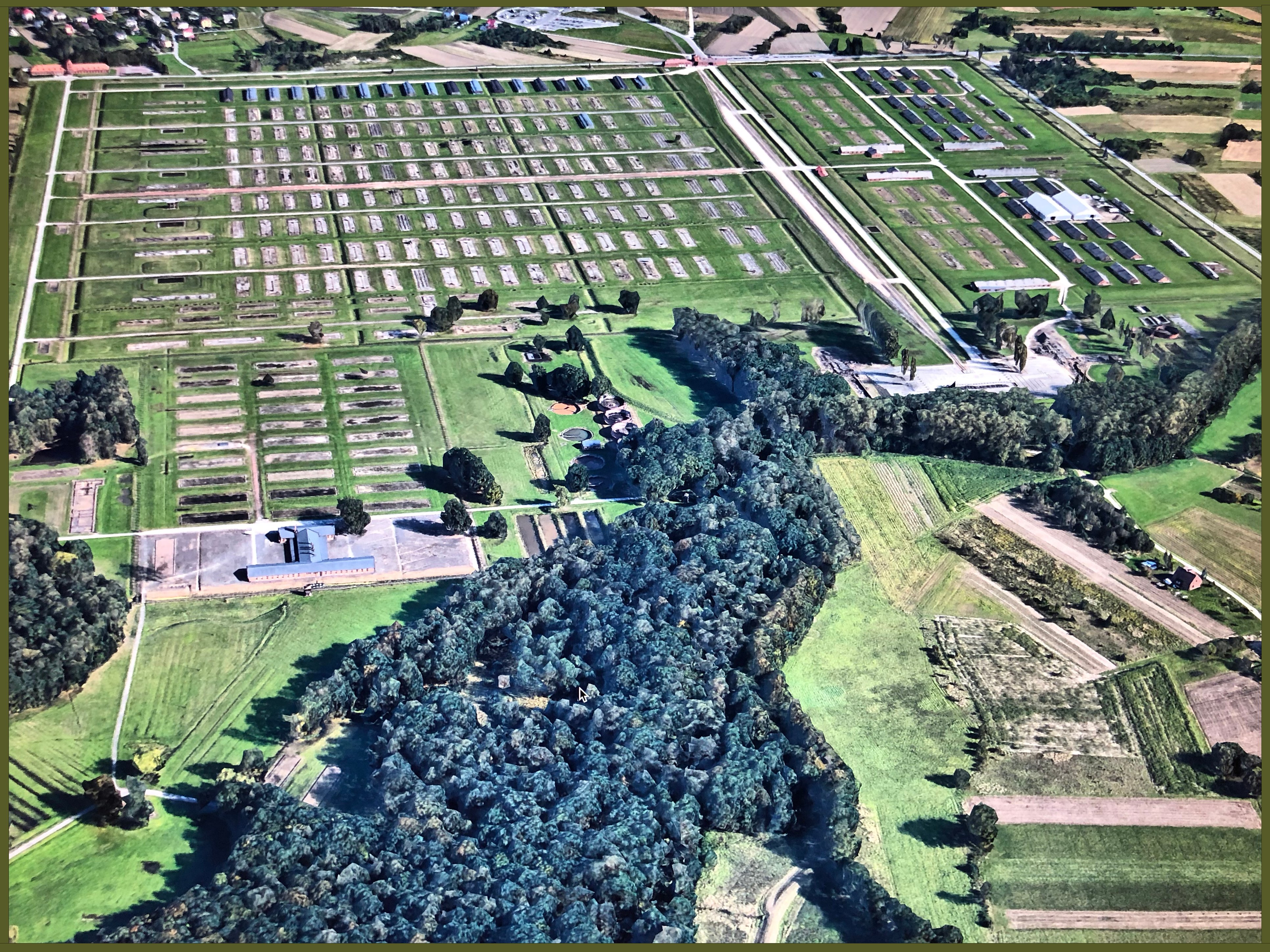
Auschwitz-Birkenau death camp site
The train scheduled to leave the 3rd September 1944 was the last train heading off to Auschwitz. The Frank’s family and the other four who hid in Amsterdam were part of that convoy because of their criminal activity! So naturally, they left aboard that train for Auschwitz.
It will take three long days for the train to make it to Auschwitz. Even though it was the last train heading there, it will nevertheless follow the standard procedure.
How so? The SS would first call the Railway Administration to reserve a train for Sobibor or Auschwitz. To say the least, it was not a public secret for the Railway Administration to be aware of the existence of those death camps! The main concern of the Deutsche Reichsbahn (German National Railway) was the cost per passenger, not their fate! They were more than generous giving the Third Reich a special discount when transporting more than 400 passengers. How kind of them! Instead of paying 4 pfennigs the Third Reich was charged 2 pfennigs! (A pfennig was the German version of a cent, that is 1/100th of a Mark. In 1999 terms 1.4 marks = 1 US $ making a pfennig equivalent to 0.007 US cents – source coinsite.com).
The Deutsche Reichsbahn, once the reservation confirmed, would provide cattle cars to transport the Jews. Those wagons were mainly used to transport livestock, goods such as but not limited to furniture, cereals with a rooftop to protect the contents from the bad weather. They were also conceived to transport German troops. A wagon was 3 meters wide, and if inside you had wooden stools or benches you could put a maximum of 40 people. Some survivors will state that they were up to 70 people per wagons.
Even today, some people still wonder why the Allies did not drop bombs on Auschwitz to stop the trains from getting there?
Well the simple answer is that it would have been very easy to rebuild railroad tracks, therefore some say that the Allies decided the best way to stop the murdering of Jews, Gypsies, Terrorists (the resistance), Homosexuals, Jehovah’s Witness, Traitors, Criminals, Freemasons, Disabled etc.… would be to simply win the war as fast as possible. It was a race against time for a large-scale massacre.
During that period the Allies, after the Battle of the Bulge, progressed in Germany. On the front, among others was the British photographer George Rodger. He will soon be known for having taken the photographs of the mass deaths at Bergen-Belsen concentration camp which will then become a reference for the Nuremberg trial and still anchored in the minds of people today. Traumatized by what he saw there, he will decide after the war to stop being a war correspondent. George Rodger, like so many others, photographed the collapse of the Third Reich.
At the time when Anne Frank and her family were arrested, it was logical to hope for the end of the war on the Western front. Why?
Paris had been liberated at the end of August 1944, the 25th being the official date. The Allies then had pierced thru Belgium, up North, without encountering too much problems with what was supposed to be a decisive attack of the British paratroopers during Operation Market Garden. The Allies had expected to end the war by Christmas! The failure of the operation sentenced cities like Amsterdam to live under the Nazi regime for five long additional months. The Nazis actually stayed in Amsterdam until the end of the war, therefore the extermination of the Jews continued…
Now we all know that the D-Day landing took place on the 6th of June 1944! Ask yourself the following question: What were the Nazis doing to the Jews at that precise moment?
Between the 15th of May and the 15th of July 1944, four hundred thirty-seven thousand four hundred two Hungarian Jews were deported to Auschwitz and murdered (437 402 Jews)! Yes, you read correctly! 437,402 Jews were murdered in just two months, that’s an average of 7170 Jews killed per day.
At the time where the Third Reich is losing all its battles, the Nazis increase as much as possible their resources to be able to deport as many Jews as they can to the death camps. How so?
Instead of trying to find soldiers to send to the battle front, they prefer to use them to exterminate as many Jews as possible.
Why mobilize so much resources in the extermination of the Jews instead of war effort?
Well, simply because they were convinced, they could win the war against the inferior race! Even if it meant losing WWII in the process. I know what you are going to say: “How sick can you be?”
In 1944, during a reconnaissance flight, the Allies photographed, in the south of Poland, what looked like a huge industrial complex. At the end of the war, those clichés will take on their full meaning. At the Memorial of Yad Vashem in Jerusalem, they have an original blueprint of the camp of Auschwitz and what is interesting is that the title at the top states: “Auschwitz Prisoner of War camp”. Initially the plan of the SS was to capture on the eastern front 100,000 prisoners of war and use them as forced labour to build a petrochemical factory nearby!
In reality it was never supposed to be a POW camp and was turned into a concentration camp at the end of 1941, early 1942. In just a few months it will become an extermination camp, a death camp.
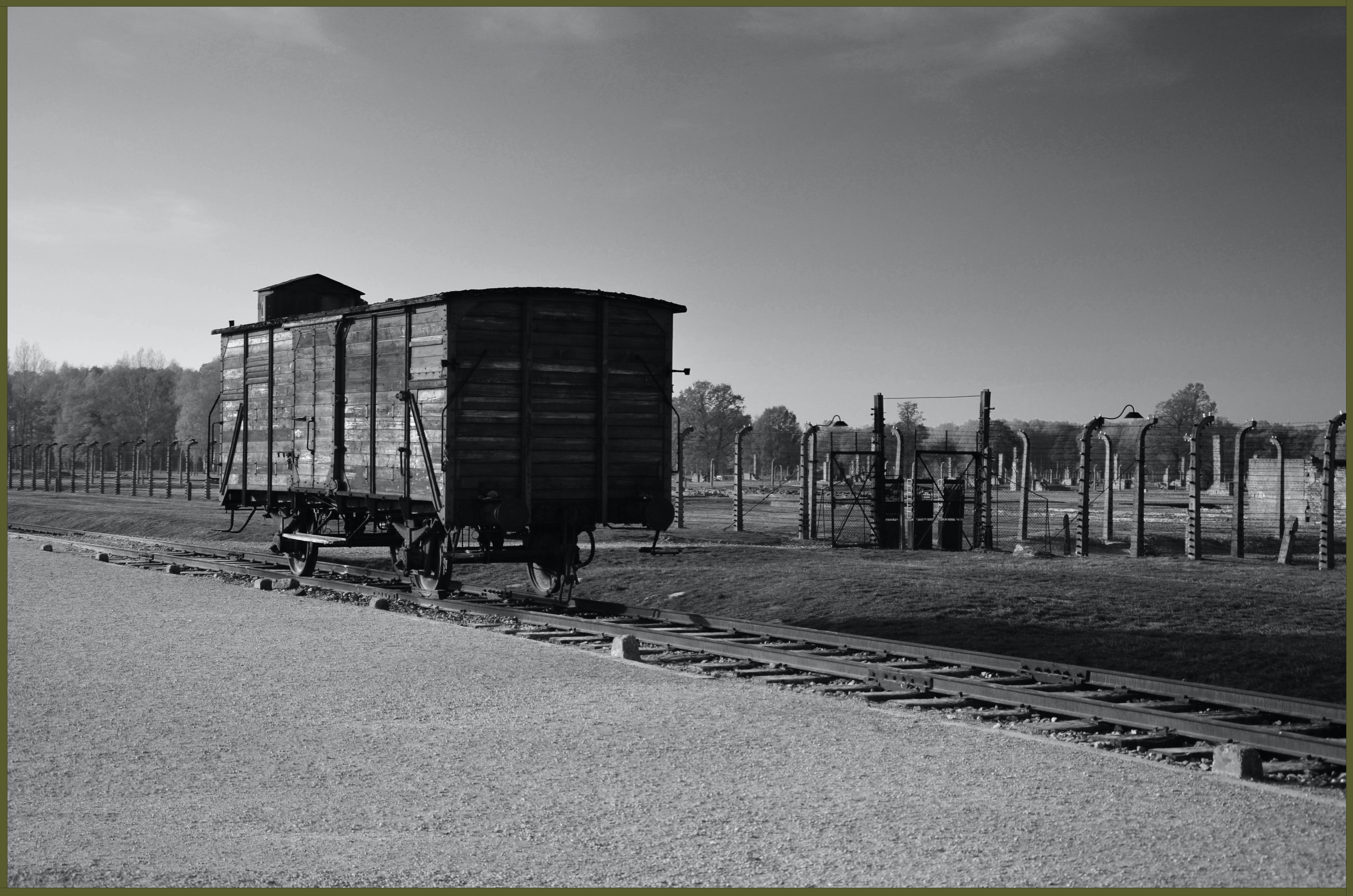
Let’s not forget that Auschwitz was the largest Nazi death camp. It was actually composed of different camps:
- Auschwitz I was a penitentiary camp for the Polish prisoners who were part of the cultural elite
- Auschwitz II or Birkenau was the death camp
- Auschwitz III was a forced labour camp
For the death camp, the Nazi put in place a group of specialists to manage efficiently and discreetly the extermination of the Jews.
Lieutenant Karl-Friedrich Höcker (SS-Obersturmfürhrer) was the concentration camp administrator and assisted the most experienced SS, Josef Kramer, the Commandant of Auschwitz-Birkenau. The latter will be hanged after the war with no regrets as he had done his duty!
What you have to keep in perspective is that the SS managed the camp like you would manage a company, making sure it was making profits. In the camp there was a department for the library, for the press, and the “employees” had holidays. When you think about it it’s sad to say but the conditions of work at the camp were much better for the soldiers than being on a battlefront.
The direct superior of Josef Kramer, the Commandant of Auschwitz-Birkenau was Rudolf Franz Ferdinand Höss, the longest serving commandant of Auschwitz penitentiary, forced labour and death camp. He was responsible of managing the whole complex.
Josef Kramer was the extermination expert and responsible of ensuring that the doctors selecting the ones to be sent to death did their “work” correctly. One of the infamous doctors was Josef Mengele who answered to the orders of Josef Kramer. Josef Mengele like all the other doctors was accountable to Josef Kramer and from what is known, their work relationship was pretty good.
Josef Kramer was just like the other SS Officers and soldiers. To get rid of the Jews or anyone else designated as the ene

















